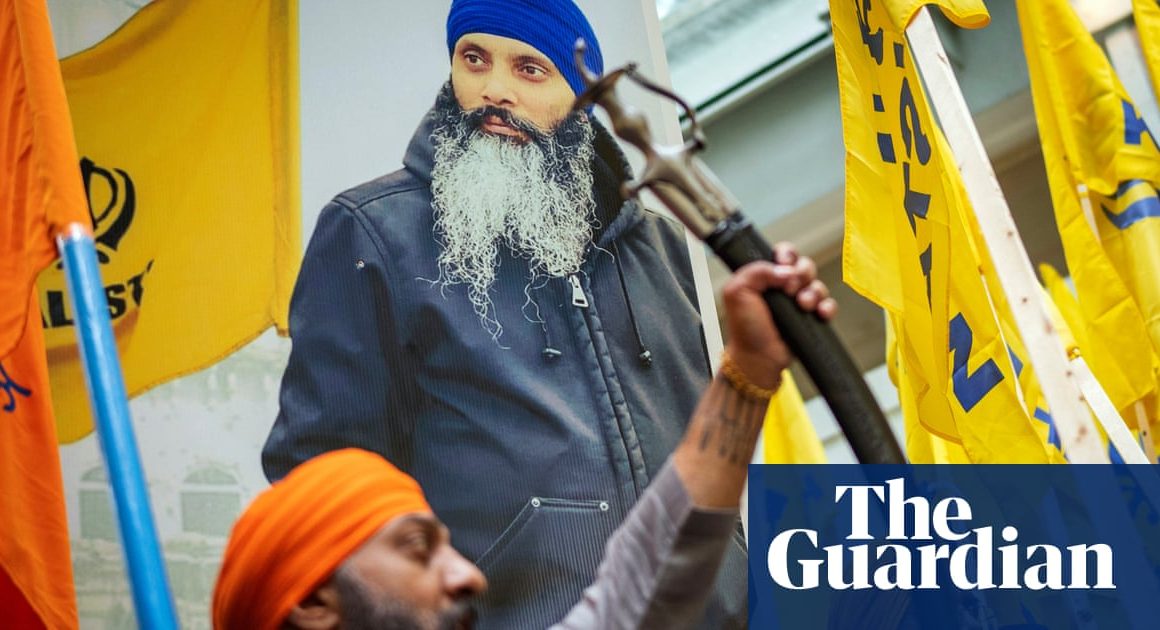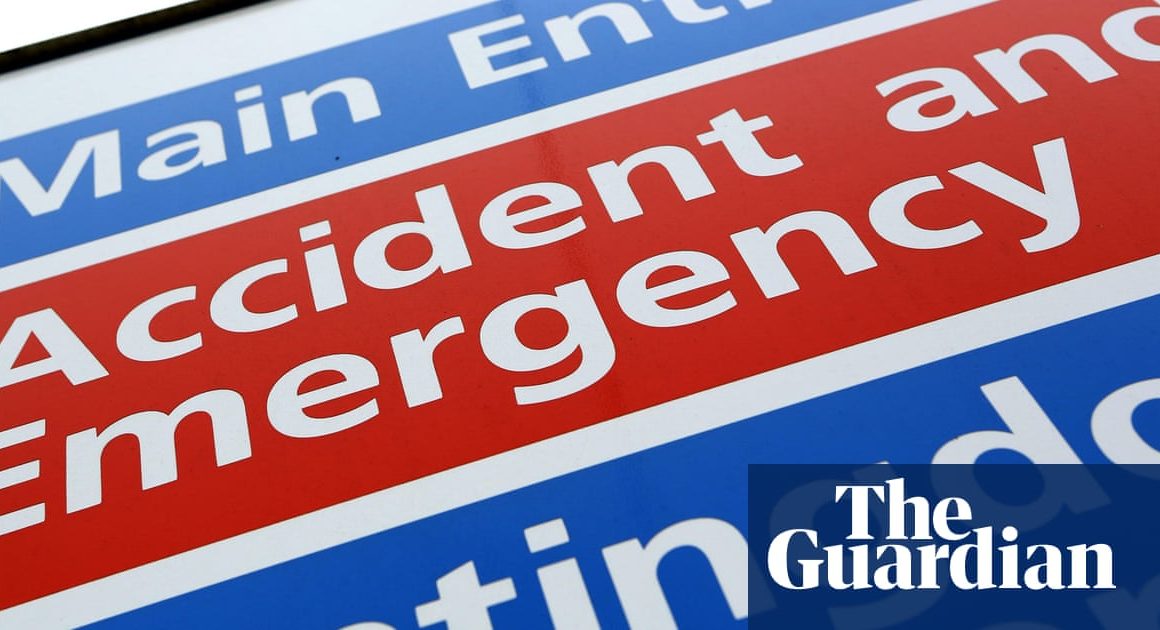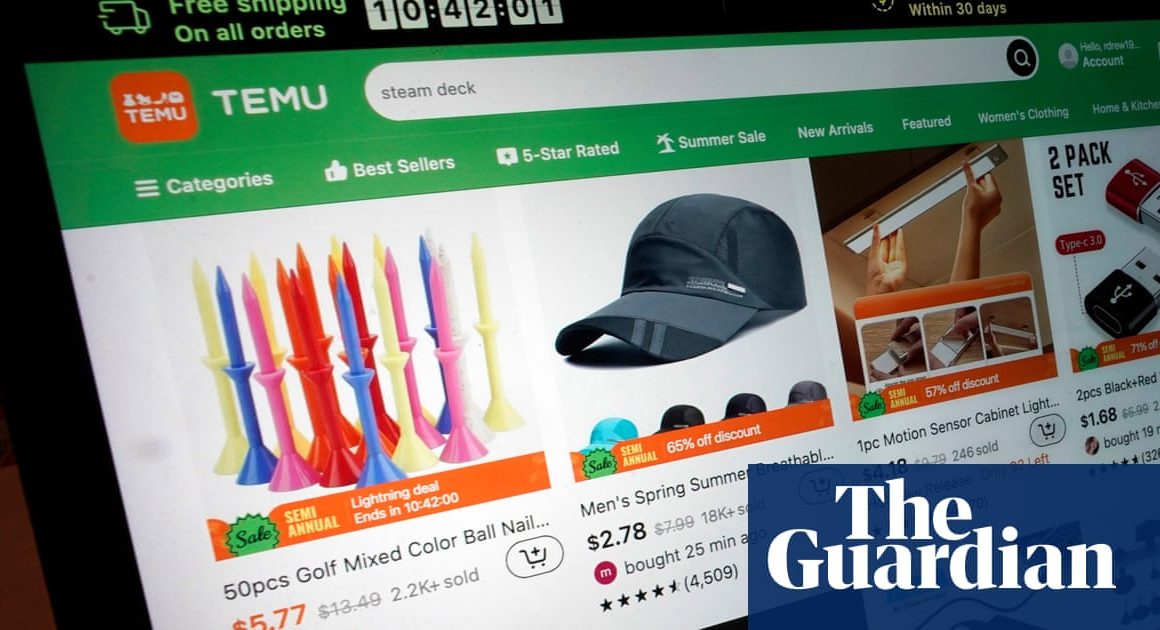Eli Myers was only 15 when his close friend and classmate Chloe Kreutzer died from taking a counterfeit Percocet pill filled with fentanyl.
Initially, he said, the response from officials at his Los Angeles high school was stony silence. Even years later, the information he and his classmates got about the risks of fentanyl poisoning amounted to little more than a droning lecture in health class, he said.
The same thing happened at Kyle Santoro’s northern California high school, when a student was found overdosing in a bathroom and was revived by the principal with Narcan.
“Our school never talked about it,” said Santoro, who said the student had just disappeared from campus and most students never even knew what happened.
Faced with an information void, Myers and Santoro took matters into their own hands. Today they’re part of a growing cadre of teens stepping up to educate their peers on the dangers of fentanyl, at a time when teen overdose deaths have skyrocketed to all-time highs, often caused by fake pills spiked with the super-potent synthetic opioid.
For both teens, film has been their medium of choice. In 2023, Santoro produced a feature length film, Fentanyl High, a somber documentary that interweaves the stories of parents who have lost kids to fentanyl, young people who have survived addiction and expert voices on how to combat the problem. Santoro, now 18, works with health officials to hold educational screenings and discussions around California.
Myers, also 18, led his classmates in turning an advanced video production class project into a film warning about the dangers of fentanyl that was shown at a school assembly this year.
After Chloe’s death, Myers said, he felt “like a ghost”, seeing her face in every corridor. “So that inspired me to become an advocate, spreading the word that this is something that’s a real problem.”
They are not the only ones. A team of student newspaper reporters at Carlmont high school in the San Francisco Bay Area created a multimedia journalism project about the 2021 fentanyl death of their classmate Colin Walker, who took a pill he bought on Snapchat at bedtime and never woke up. The project is now being used by health educators around the US as a resource for teens.
In Washington state, Nathan Pan and Tanisha Kshirsagar of Skyline high school dedicated their senior year to creating a public service announcement warning about fentanyl dangers. They told a local television station that, although their school is still traumatized by the deaths of two 16-year-old boys from fentanyl overdoses in 2019, drugs and overdoses are still “kind of a taboo topic” at school.
Perhaps the best known anti-drug effort was the Just Say No campaign started by Ronald Reagan’s presidential administration in the 1980s. The campaign featured scare tactics and ultimatums, such as an ad that showed frying eggs as an analogy for “your brain on drugs”. The whole program has since been proven by multiple studies to have been a dismal failure.
But these days, experts warn that taking a hands-off approach to drugs can be equally problematic. “In this country, we’ve kind of gone from ‘just say no’ to ‘just say nothing’,” said Ed Ternan, who started the drug education organization Song for Charlie after his 22-year-old son died after taking a fake Percocet pill. “To some degree, young people are dying from a lack of information.”
A ‘dangerous’ drug supply
The fentanyl crisis has brought a terrifying irony to the American high school experience: the number of young people dying of overdoses is on the rise, even as teens today are far less likely to use drugs than previous generations.
A 2024 study found that drug-related death rates among 14- to 18-year-olds doubled between 2019 and 2022, killing more than 3,000 teens over three years. But the study found that in 2022, only 8% of high school seniors reported having used an illicit drug other than cannabis in the previous year, compared with 21% two decades earlier.
That’s because trying illicit drugs has now become much more deadly, the researchers said.
Experts says that today’s teens are more likely to try things they think are safe, such as pharmaceutical products they can easily obtain from friends or buy on social media, rather than drugs like heroin or meth.
The problem is that the drug market has been flooded with pills made to look just like real pharmaceuticals, including Xanax, Adderall and Percocet. But what they actually contain is the synthetic opioid fentanyl, so potent that just a few grains of white powder can be deadly.
“The drug supply is very dangerous,” said Dr Scott Hadland, the chief of adolescent medicine at Massachusetts General Hospital, who has authored research on youth overdoses and how to prevent them. “Teenagers might be seeking pills that they don’t realize are counterfeit and don’t realize contain fentanyl. They might be seeking them out because they’re struggling with underlying symptoms of anxiety or depression or pain and they think pills are going to help with those symptoms.”
The lesson of the past is that ignoring the problem or scolding people doesn’t work. One of the best preventative measures, Hadland said, is having modern drug education programs for teens.
But researchers, drug education advocates and teens all agree that such programs have until recently been sorely lacking in the schools.
Santoro, who is graduating high school in June and heading to Ohio State University, said school policies need to emphasize listening and truth-telling over cracking down on drug use.
“Disciplinary actions or zero-tolerance policies are actually feeding the risk, because [school officials] are not listening to kids about why they are using in the first place,” he said.
Finding a ‘social hack’
For Santoro, the most transformative part of making Fentanyl High wasn’t the film itself, but the conversations it started. Every educational screening, offered at schools, community theatres and public health departments, includes a discussion among parents, kids, health officials and educators, which he describes as a “social hack” that can open the floodgates of communication needed to address the teenage fentanyl overdose crisis.
Sometimes these conversations aren’t even about drugs. He remembers a recent post-film discussion where a father and daughter tearfully shared the difficulties they were having keeping positive communication alive while the parents were going through a divorce. The revelations led the group to a larger discussion about healthy ways to cope with painful situations, but just talking openly about it seemed to help a lot.
“The program is trying to bring humans together with humans,” he said. “It’s really showing that there is a community and that there is hope.”
Myers, who graduated in the spring and plans to become a college therapist, said drug education talks need to include real safety facts, including information on how the opioid reversal drug Narcan can be used to revive someone who is overdosing.
“I think people are scared to talk about it, especially if they think they’ll get in trouble for it,” he said. “But the more we talk about it and the less stigmatized it becomes, the more people can do about it.”












